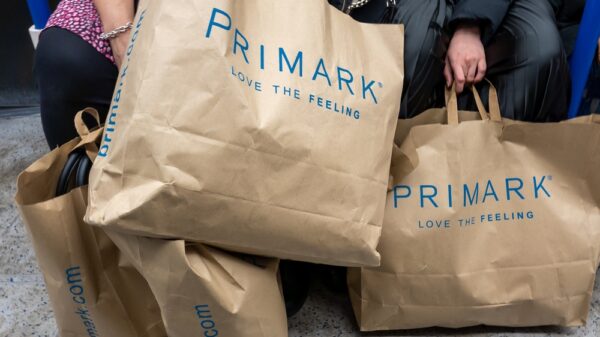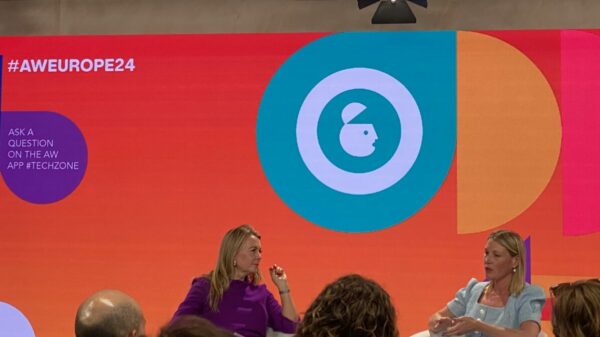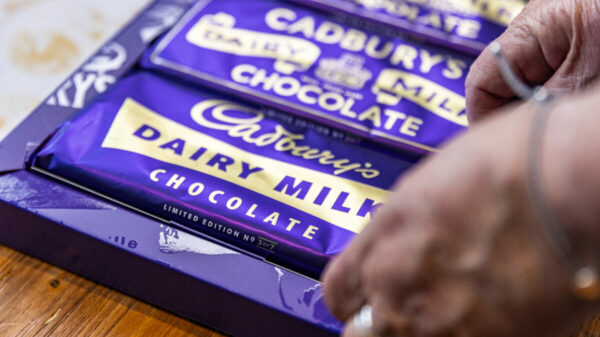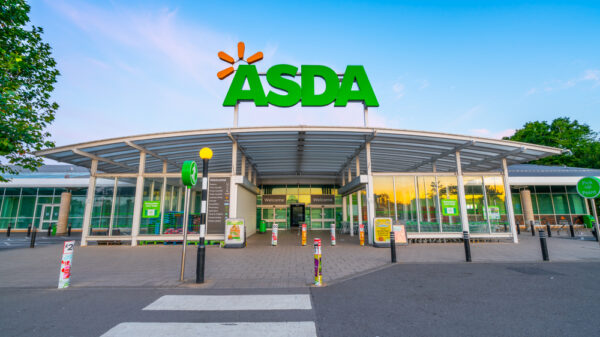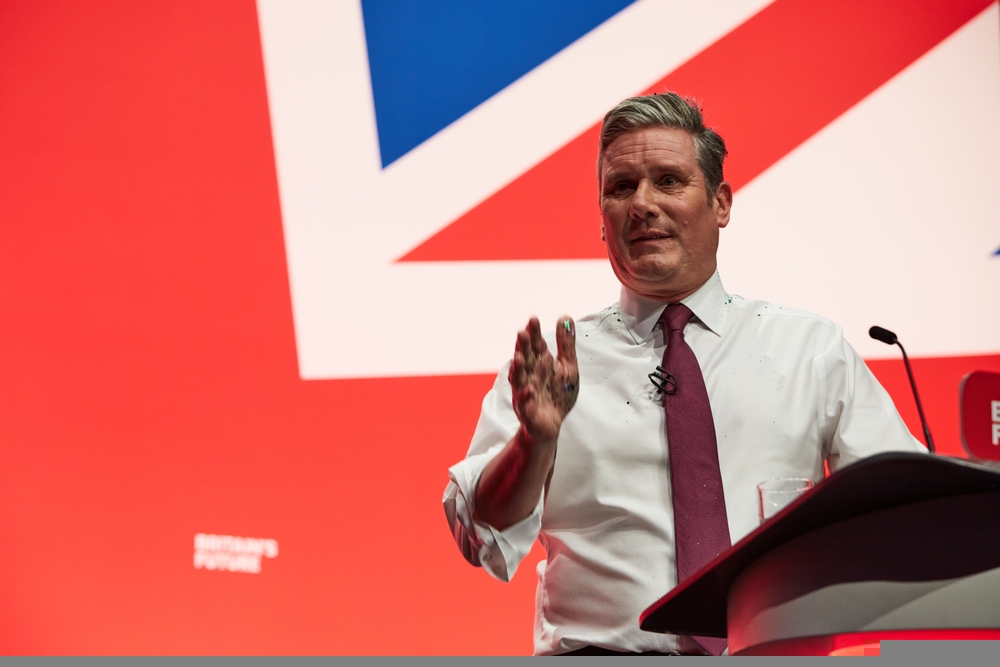A recently published Marketing Week article drew strong criticism from marketers far and wide over its perceived lack of understanding of the difference between marketing and advertising.
The article in question claimed that Dutch confectionery brand Tony’s Chocolonely hadn’t spent a penny on marketing, when the brand had in fact worked hard on its product, price and placement – what it hadn’t done is spend significantly on promotion, or advertising.
Hordes of disappointed readers pointed out that although the brand hadn’t based its marketing strategy around buying traditional advertising space, it had nonetheless invested significant amounts of time and money on carefully marketing its flagship product.
Addressing this confusion, we speak to CEEK Marketing founder and managing director, Charlie Terry to find out more whether the differences between marketing and advertising are in danger of becoming indiscernible; evaluating whether the classic 4Ps marketing model is still relevant to marketers in 2022.
“There is some confusion in the piece, but perhaps that’s symptomatic of the industry”
Although many in the profession have reacted negatively to Marketing Week’s piece, the apparent confusion it exhibits could also be interpreted as a wider indication of the rapid changes taking place within the marketing industry.
A large chunk of the criticism is aimed at the article’s obvious tunnel vision in relation to the 4Ps of marketing – focusing solely on the promotion element, while overlooking how crucial product, price and placement have been to the development of the Tony’s Chocolonely brand.
Terry does not feel the same sense of indignation that many of his peers appear to express, and instead points to the confusion as a reflection of the industry’s rapid digital evolution.
“It’s clear there is some confusion in the piece between advertising and marketing, but perhaps that’s symptomatic of the nature of the industry today,” he says.
“Later on in the article it refers to Tony Chocolonely’s plans to ‘begin to start investing in paid media soon’ so the distinction has been made. But I think this should be a reminder to us all that, with the rise of brand activity on social media, and the power of paid influencers, advertising and marketing are gradually morphing into one and the same thing.
Terry even argues that the distinctive labels some insist on retaining are becoming increasingly meaningless.
“Essentially, we are all here to drive more awareness and purchases of our products and services we represent – if we can do that successfully, particularly in the current climate – does it matter what label we give it?
“Media consumption and consumer behaviour is evolving”
In an age when social has come to dominate the media sphere, and with the impact and reach of traditional mediums such as TV, radio, print and out-of-home diminishing, traditional marketing is increasingly out of kilter with the rapidly changing climate.
For the vast majority of modern customers, user experience is digital first – if not entirely – and in this environment, one could legitimately question whether the previously clear dividing lines between the traditional notions of marketing and advertising are becoming blurred.
“The problem we have is that the way business is done isn’t evolving in line with the way people consume media,” says Terry, echoing these sentiments.
“The landscape has changed beyond all measure, yet we still have individual agencies covering media, digital, social and marketing.”
Pointing to the need to adapt to the ever-evolving need of consumers in the online space he adds: “Social is a thriving culture of consumers, all with different needs and desires and it takes intricate expertise to deliver successes.
“It’s not about advertising to the masses, it’s about talking to niche communities, something which traditional advertisers struggle with.
“The lines between advertising and marketing have blurred because there’s so much overlap it’s hard to distinguish one from the other. Media consumption and consumer behaviour is evolving but the way many businesses run is not.”
“Maybe it’s time we stopped worrying about which box things sit in and be more fluid with our approach.”
It could even be argued that while not entirely irrelevant, the rise of digital has seen the traditional 4Ps being increasingly superseded by the 4Rs – relevance, response, relationships, and results – all of which are unmistakeably anchored in a social-first perspective.
Although a steady change is taking place, what can’t be ignored however, is that the 4Ps are in fact still highly pertinent to the development and commercialisation of a product – a brand cannot rely on promotion and social media buzz alone
“When the concept of the 4Ps was first introduced it was a really valid way of describing the role of marketing, and it remains a great basic way of covering the basics of selling a product – that cannot be disputed. However, the question is where does advertising now fit?,” Terry asks.
“Where does an influencer sit in the 4Ps structure, for example? They are promoting a product in a favourable light but they’re being paid to do so and are legally obliged to add the hashtag #ad on their post. As far as the 4Ps are concerned that is completely contradictory.
“Ultimately, it’s time we stopped worrying about which box things sit in and be more fluid with our approach. The most fundamental question is ‘what is the best route to hit my target audience?’ Everything else should stem from that.”


